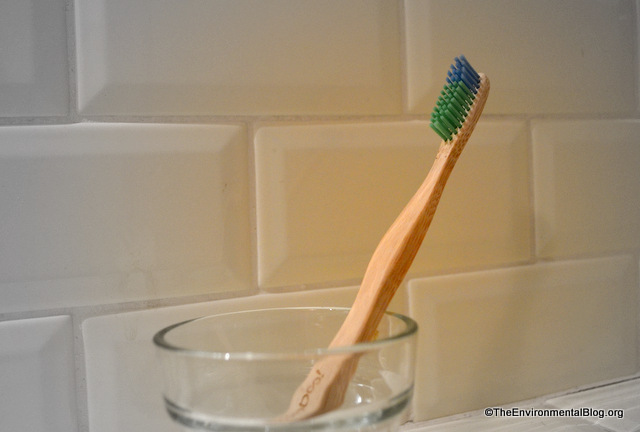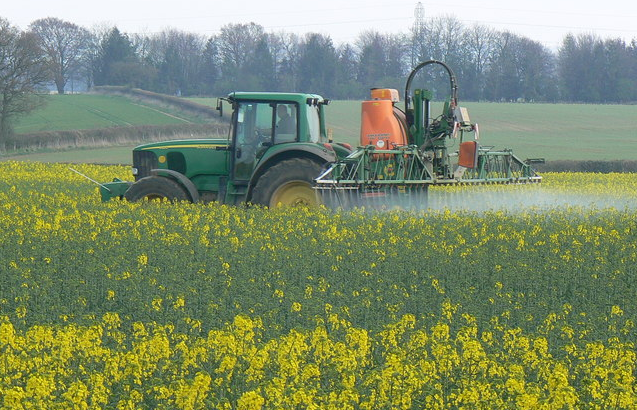
With a worldwide global concern gaining momentum, it is no wonder that private companies are looking at ways to improve their the sourcing of their materials for their products. Choosing a more a sustainable resource such as fast-growing bamboo over much less sustainable plastic, for example, is one way of achieving this universal concern.
We all need to brush our teeth, right (at least I hope so)? But up until recently, I’ve never really gave it any thought as to the material toothbrushes were made of. Most of the available toothbrushes in my local supermarket are made of a standard plastic material, only giving me the choice of flexible or soft or hard bristles. Then I noticed a new toothbrush I’ve never seen before, one that appeared to be made of bamboo. I thought to myself…’now there is something different’ and then of course purchased a couple of those for a try.
The benefits of using bamboo in terms of it’s environmental friendliness come from the nature of bamboo and how quickly it can be grown. Essentially, under the right conditions, bamboo can grow like weeds thereby making it an ideal sustainable resource for making products. Our recent post: Chilling Out With Bamboo Technology talks about all the different products different companies are creating with this resource. Another one of bamboo’s great qualities is it’s strength and sturdiness as a wood which also makes it a suitable resource for building materials as well.
Back to the bamboo toothbrush, the company that makes this particular product is called woobamboo. On the back of the packaging it lists several claims in a bullet point display:
- Organic, Nontoxic, and BPA free.
- Naturally anti-microbial.
- Made from Sustainable Bamboo.
- Highest quality Dupont Tynex Bristles.
- Packaged from recycled materials.
- and Biodegradable brush handle.
Now these bullet points answer several questions I initially had about this bamboo toothbrush product. I was wondering whether the packaging which comes in cardboard and a clear plastic cover was at the very least made from recycled materials – so that’s okay but not the best solution in my opinion. It seems like companies that go the route of making products with sustainable materials should also consider the packaging they ship their products in as other companies are opting for shipping products with no packaging at all or at least biodegradable packing.
Another interesting message on the back of the packaging though is a sort of statement or fact about the ‘normal’ toothbrushes we are all use to using:
“Shockingly, almost a billion nylon toothbrushes end up in landfills every year, just in the United States alone! Thanks to you, this won’t be one of them. Unlike traditional nylon toothbrushes, your new ecoLife Innovations WooBamboo toothbrush has a handle made from 100% biodegradable, sustainably-grown bamboo. Remember – the world changed not only by giant leaps, but also by small, innovative steps in the right direction.”
So what do you think? Are you going to switch to bamboo toothbrushes for good? I find it shocking that 1 BILLION nylon toothbrushes are thrown away every year in the U.S. alone! I wonder how high that number would be worldwide.





Leave a Comment